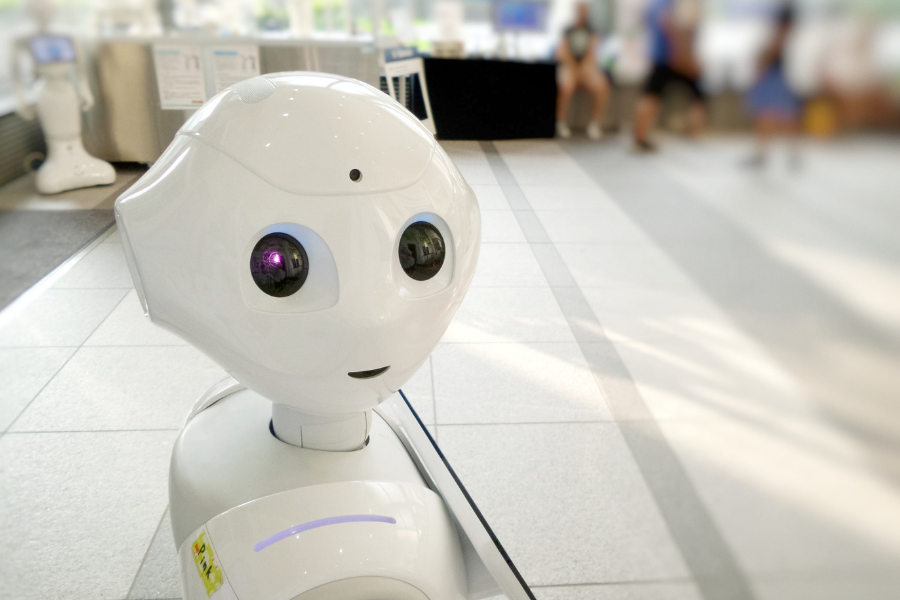Artificial intelligence is becoming mainstream in society across a huge range of applications. One of these is the potential to act as an equaliser to bias, relying on sophisticated algorithms to make complex decisions. However, it’s only as good as its data set.
Humans are biased. We have open bias about simple things like our preferred brand of cereal, all the way to unconscious bias, like social stereotypes. Most of the time we don’t even realise we’re doing this — it’s unconscious. Our environment influences us and subconsciously creates bias within us that spans multiple facets of our lives.
As the architects of AI, we control the data these systems are developed with, and herein lies the problem. How do we ensure the AI we design doesn’t reflect our own, or an already prevalent bias? A global survey by BCG and MIT Sloan Management Review involving more than 3,000 executives found that less than half understood the data needs of algorithms or the processes required to train them when implementing AI programs.
But if that’s true, how can we expect our AI to be truly unbiased?
AI is only as good as its data set
We live in an increasingly fast-paced and data-rich world where decisions often need to be made quickly, but we are hampered by unconscious assumptions and our simple inability to quickly process and make sense of the immense amount of information available to us.
This is where AI shines. It can process large amounts of data quickly and be taught to filter immaterial information out of the decision process to present options it calculates to be objectively best. That way we can make better, more relevant decisions as part of our business operations. It also means we can potentially overcome our inherent cognitive bias, provided we train and develop AI correctly.
When designing AI we need to be acutely aware of the bias that exists in our data and where it may be skewed. Setting a clear outcome of what you’re looking to achieve is important here. This naturally depends on the situation but if you know your business well you should be able to determine where bias might exist and ensure that you filter it out. Not being diligent here can lead to outcomes that are less than desirable. One only needs to look at one of many examples such as the bias present in police recorded data in Chicago and the problems that arose from that.
If we don’t approach these challenges with care and caution we actually risk baking bias into the system. Once you’re conscious and aware, you’re on the right track to reap the benefits AI has to offer.
There’s a reason AI is becoming mainstream
While AI has the potential to be incredibly powerful, it requires a careful approach and time to achieve the desired results. We’ve invested a lot in the area over the last few years because when done right, we know there are enormous benefits to be had. The tools we’ve developed and employ in market have helped us significantly in reducing bias during the influencer selection process.
When choosing the most effective influencers for a particular campaign, it’s easy to choose candidates that align with our own personal biases and are familiar to us. But this ignores a plethora of others who are likely to fit the bill better. The technology allows us to strip away human bias and reveals a whole new set of options.
What about ensuring the influencer you’ve selected hasn’t partnered with a competing brand? To do this manually is extremely time consuming and if you’re working with dozens of influencers, it’s simply impossible. Again, technology can help with the heavy lifting.
The long haul
While AI is still in its infancy, when developed and employed correctly it can aid objective, qualified decision making. And the good news is, it only gets better with time as newer technologies and more great companies collaborate to make it even more powerful and effective.
It’s now about being diligent, calculated and specific when training systems and continually reviewing and helping them adapt to keep up with changes in the market, in the datasets and the ever-evolving needs of your company. We need to take the time now, while AI is just beginning to carve its role in society, to be aware of how AI is being trained around bias.
If implemented correctly, AI is a powerful tool that can promote unbiased decision making. We just need to train it correctly.
Dhruv Singh is Chief Technology Officer at Hypetap.




















Trending
Daily startup news and insights, delivered to your inbox.